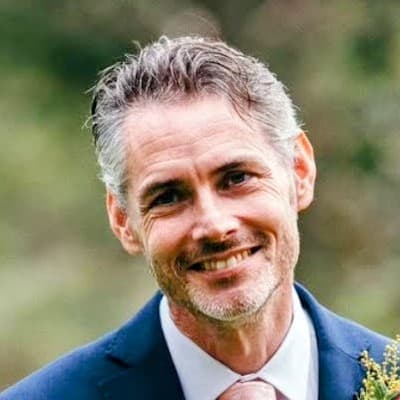
Audio quality comparisons

This article is at least a year old
What effect does bitrate, samplerate, and mono/stereo have on audio quality?
Here are a set of pieces of audio to help find out, as an apples-to-apples comparison. They’re all authored for -16 LUFS, since the loudness of something affects our perception of its quality.
I’ve deliberately added a few different things in here: a female voice, harpsichord music and stereo applause. Some of these can sound very metallic in certain cases.
The original
Almost the original file. I’ve applied loudness correction to make it the same loudness as the other files here (-16 LUFS).
1,400kbps, 44.1kHz, stereo, wav: (10MB)
At 192kbps
Most people consider this to sound 'transparent’ - that is, in a blind test it would be difficult to spot the difference between this and the WAV file above. However, it’s almost ten times smaller.
192kbps, 44.1kHz, stereo, mp3: (1.4MB)
At 128kbps
This is what most stereo podcasts are made in. There are actually two forms of “stereo” with MP3. “Stereo” is simply two audio channels, encoded separately. “Joint Stereo” is one audio channel with some maths applied to produce the stereo bits. “Joint stereo” means, effectively, a more efficient encoder (and it should sound better). See if you can tell:
128kbps, 44.1kHz, stereo, mp3: (973KB)
128kbps, 44.1kHz, joint stereo, mp3: (973KB)
At 64kbps
All these files are the same size, but encoded in different ways.
Stereo makes quite a difference at this bitrate.
64kbps, 44.1kHz, stereo, mp3: (519KB)
64kbps, 44.1kHz, joint stereo, mp3: (519KB)
64kbps, 44.1kHz, mono, mp3: (519KB)
The sample rate is the number of individual elements of sound. As we decrease the sample rate at this bitrate, you’ll notice that overall it sounds a little better: since we’re asking the encoder to squeeze in less things into the 64kbps.
64kbps, 44.1kHz, mono, mp3: (519KB)
64kbps, 22.05kHz, mono, mp3: (519KB)
AAC-HE is an alternative to using MP3. It’s significantly better at low quality.
64kbps, 44.1kHz, stereo, mp3: (519KB)
64kbps, 44.1kHz, stereo, aac-he: (519KB)
You can use AAC for everything except Spotify; so if you want to be on Spotify, for now (sadly) you should either produce a different feed - as we do - or stay in MP3.
At 32kbps
The effect, in MP3, of making the audio mono and reducing the samplerate is very obvious here:
32kbps, 44.1kHz, stereo, mp3: (292KB)
32kbps, 16kHz, mono, mp3: (293KB)
And the effect of using AAC instead could mean a big difference too, though we don’t instantly hear it here.
32kbps, 16kHz, mono, mp3: (293KB)
32kbps, 16kHz, mono, aac: (233KB)
32kbps, 48kHz, mono, opus: (234KB)
Above - an Opus file. That sounds considerably better at this kind of bitrate than the MP3 or AAC files. Unfortunately, iOS doesn’t support Opus: but Android devices do, as do most web browsers, so it’s a viable alternative for many people. It’s built for speech, and it’s pretty clear that at these low bitrates, it sounds really very good indeed. Indeed, here’s one half the filesize, at a tiny 16kbps - and one also in AAC-HE (which to our ears sounds rather worse)
16kbps, 48kHz, mono, opus: (117KB)
16kbps, 44.1kHz, mono, AAC-HE: (124KB)
Credits
- Podnews voiceover recorded on a Røde Podcaster USB microphone
- Podnews music from original WAV, © Devaweb Podcast Imaging 2019.
- Emma Clarke voiceover clip kindly recorded for Podnews from original WAV
- Harpsichord music by Geminiani (Allegro in F major), from the original WAV from OnClassical.
- Applause 32 from original WAV, Littleboot / Freesounds
































































































